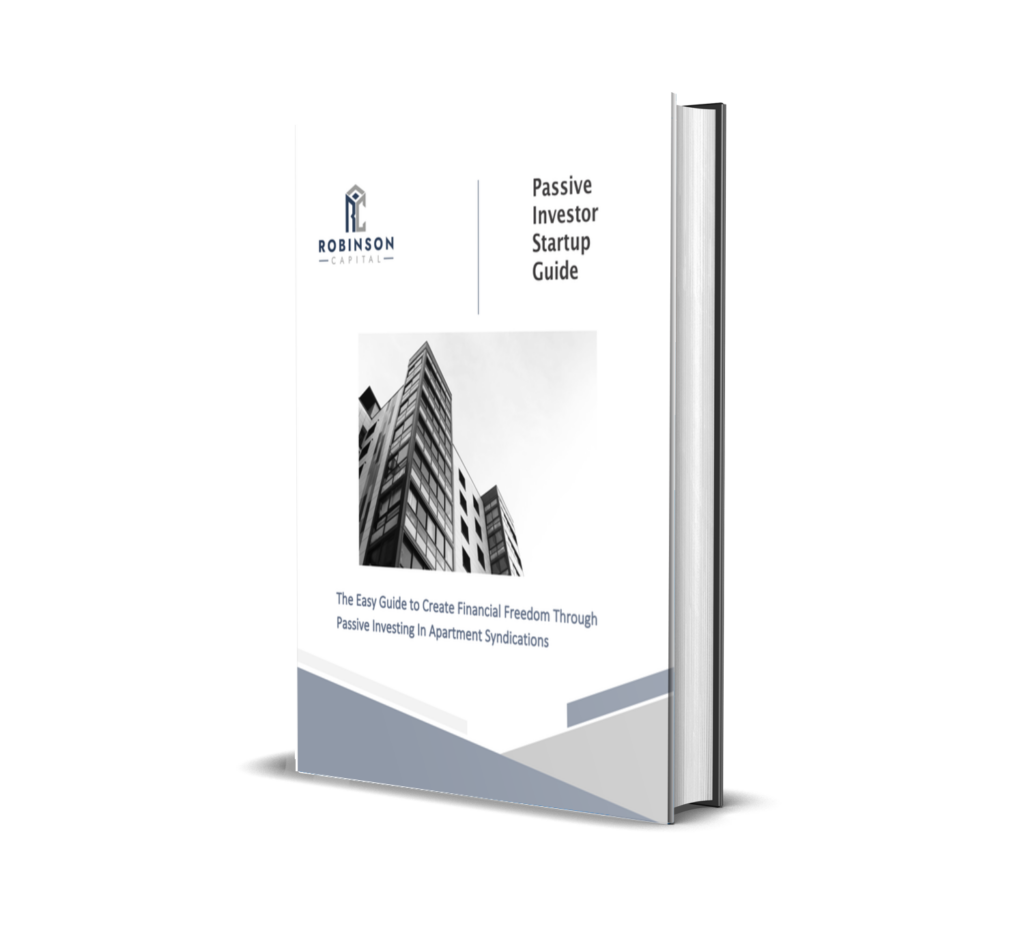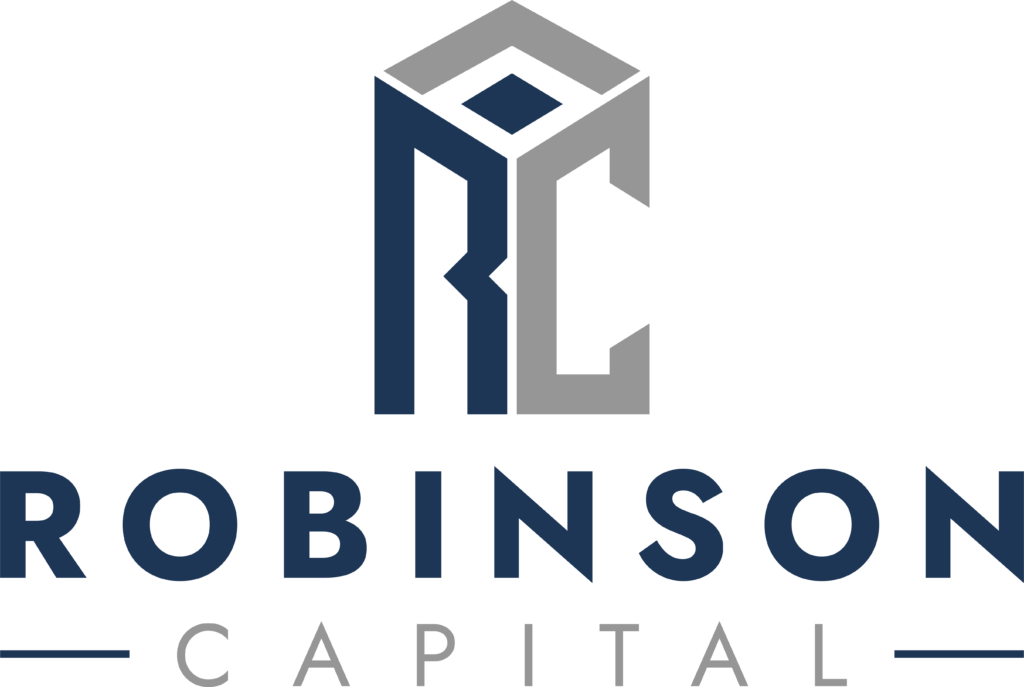There are a 3 general business models to multi-family investing. One of which, Value-Add, is very popular for its ability to create great wealth for investors.
What is Value-Add?
Value-add describes methods used to create equity by improving a property’s income. In multi-family, unlike residential, a property’s value is based on the income it produces. So, finding properties and improving their income – which primarily comes from rental income in multi-family – is a very profitable strategy.
Physical Value-Add
Physical value-add involves making physical improvements to the property that improves its ability to create income. These can include repairs of deferred maintenance to restore income or capital improvements such as expansion of the leasing office, new units or creation of a dog park to increase attractiveness and income.
Operational Value-Add
Operational value-add involves increasing net operating income by reducing expenses or increasing income. Most commonly, the primary drivers are increasing rents and occupancy and reducing expenses. Operational value-add opportunities are primarily the result of mismanagement or under management by the previous owner. These value-add opportunities are particularly attractive to many investors because there is less heavy lifting involved and on day one, improvements can begun to be made with new management and policies for managing the property.
Example of Wealth Creation
I recently heard of some syndicators that I follow getting a deal under contract for a 200+ unit apartment complex in a high-growth southeastern market. They learned that the property is primarily all “classic” units, which means they have not been renovated and are largely in the same form they were 30 years ago. The current owner has managed the property himself and chose to keep rent well below market in order to maintain high occupancy. This is understandable, but rent well below market is called “loss-to-lease” and is not maximizing the gross potential income of the property.
Recognizing this situation, the team of partners jumped on the deal, got it under contract, and began sharing the offering with their passive investor network. Not even knowing all the numbers, let’s say that this is a 240-unit complex with rents that are $100 below market. Assuming at least a five-year holding period, after 5 years, each of those 240 units are renting for $100 more (that is conservative). Here is the math:
- That is an increase of $24,000 in rent per month
- An improvement to net operating income of $288,000 per year
- Conservatively assuming a 6.5% current cap rate, that is an increase in equity of $4.4M!
Are you picking up on this? From simply raising rents to the market amount of $100 dollars per month, the property’s valuation and syndicate’s equity would by over 4 million dollars. I imagine that this is conservative because it does not include physical value-add opportunities such as renovating the classic units and further raising rents based on those improvements.
The Larger Picture
Hopefully, you are seeing the wealth-building potential of multi-family assets through value-add opportunities. In addition to growing wealth through this strategy as a passive investor, you and your partners are doing a service to the community by offering residents improved and safer housing. If done right, these strategies should be a win for all stakeholders.
Passive Investor Startup Guide

To find out more about what it looks like to invest as a passive investor in multifamily real estate, download our free Passive Investor Startup Guide here!
Popular Passive Investor Articles
- – Mindset: Freedom through passive investing
– What is multi-family syndication?
– Do I have to be accredited to invest in a syndication?
– How passive investors can find great sponsors
– What to look for in potential syndicators
– About Robinson Capital

.

Rodney Robinson II
[email protected]